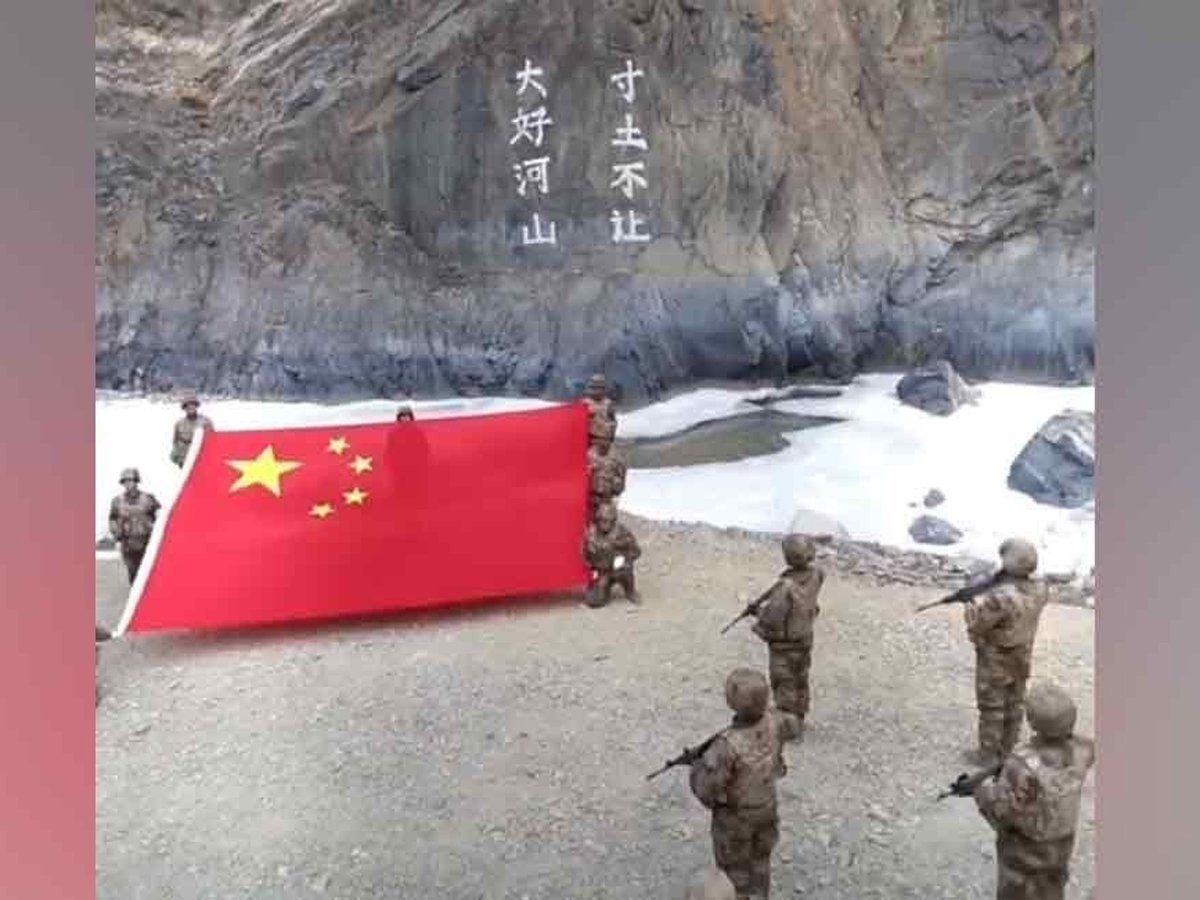New Delhi: While India respected Colonel Santosh Babu, which put her life while fighting a malignant attack on her observation post by the Chinese army in Galwan Valley of Ladakh, with the Maha VIR Chakra (Anumerta) in 2021, China continued to hide the victim in a broken deadly clash in June 2020.
In a surprising revelation, new research has shown that the People’s Liberation Army (PLA) lost 38 soldiers than the official count of four.
According to an article in the Australian newspaper ‘The Klaxon’ 38 PLA troops sank when crossing the sub-zero river that flowed rapidly in the dark.
Reports entitled ‘Galwan Decoded’ Prepared by a group of social media researchers are products from investigations throughout the year.
China went to extreme lengths in order to silence discussion surrounding the clash
The report quoted several Weibo users and said, “At least 38 PLA troops with Wang drowned that night … only owned by Wang among the four officially dead soldiers”.
“Many facts about what really happened, what caused a battle, has been hidden by Beijing. What is told by (China) to the world is mostly a fake story. Many blogs and pages have been destroyed by (Chinese authorities) but mainland digital archives reveal different stories, “said report, according to the newspaper.
This report is based on discussions with mainland Chinese bloggers, information obtained from Chinese citizens and mainland-based media reports have since been removed by the Chinese authorities.
Galwan Valley Clash is the deadliest confrontation between India and China in more than four decades and Chinese country media almost failed to cover up the battle or afterwards.
China repeatedly refused to reveal the total victims but in February last year, he announced an anumertile medal into four troops who died in Galwan’s clashes.
The evidence provided by the social media user group also showed the extreme length of Beijing has gone to silence to discuss around the battle, especially the discussion of the correct number of Chinese victims.
Research document includes a report since deleted from the internet
The newspaper said that of the four Chinese soldiers had confirmed died, only one – Sergeant Junior Wang Zhuoran – reported sinks and three others, PLA Battalion Commander Major Chen Hongjun, Chen Xiangrong Private and Junior Sergeant Xiao Siyuan, was killed by India. strength.
The research document includes reports since removed from the internet.
Klaxon also received recording battles, released by Chinese media in August last year, which seemed to greatly support the claim.
The researchers said the deadly June 15 battle was triggered by a temporary bridge, which was founded by Indian soldiers across the River River Galwan.
The decision to build bridges was taken after China began to build illegal infrastructure including establishing tents and created prison and had moved the machine to the area.
PLA violated the mutual agreement by creating infrastructure in this buffer zone
According to a Weibo user, aka Qiang, who claimed to have served in the area, PLA violated a joint agreement by creating infrastructure in this buffer zone and expanding patrol boundaries in the buffer zone since April 2020.
When Indian forces, led by Colonel Santosh, the commander of the 16th regiment Bihar, created a walk-over bridge while above the flow of the Galwan River to monitor Chinese activities, PLA was very objected and on June 6, 80 PLA soldiers came to dismantle the bridge and almost 100 troops came to defend it.
On June 6, officers from both parties agreed to attract all personnel who crossed the buffer zone line and dismantled all the facilities that crossed the line, China failed to obey the agreement.
“PLA does not obey his promise … and instead of dismantling his own infrastructure such as agreed, quietly dismantling the river crossing bridge built by the Indian army,” he said.
PLA soldiers didn’t even have time to wear water pants
Three days later, on June 15, Col Santosh Babu and his troops returned, Chinese troops led by Colonel Qi Fabao ordered his troops to form a battle formation and attacked Indian troops.
The report said that the moment of cabbage. Fabao attacked him immediately surrounded by the Indian Army troops and to save him, Battalion Commander PLA Chen Hongjun and the army Chen Xiangrong entered the siege of the Indian army and began a physical fight with Indian forces using steel. Pipes, sticks, and stones to provide protection for commanders (they) to escape.
PLA army panicked to retreat after seeing cabbage. Fabao left the arena and watched the bodies of Chen Hongrun, Junior Sargeant Xiao Siyan and Chen Xianrong privately

